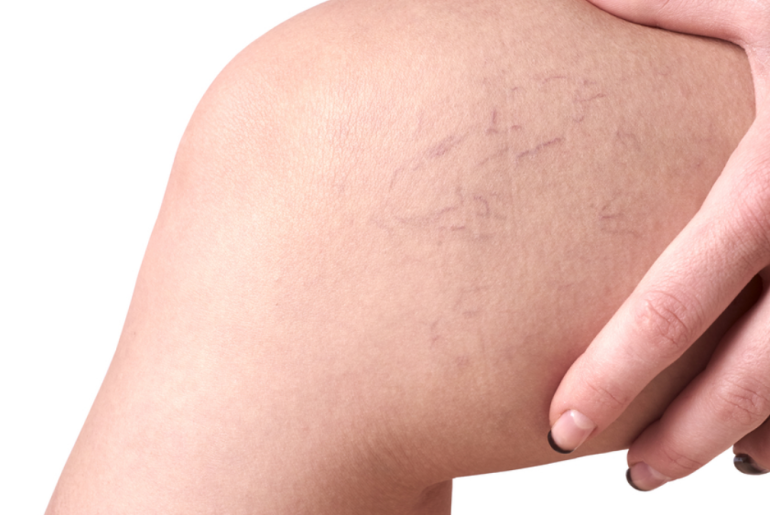The VenaSeal surgery begins with your doctor utilizing ultrasound to map out the veins in the afflicted location, which is generally your leg. A local anesthetic will be administered to the skin above the vein, and your surgeon will insert a thin catheter. Dr. Nirav Patel Yonkers will then apply the VenaSeal adhesive to the interior of the targeted vein using the catheter and a unique applicator. You will be able to get up and walk soon following the treatment. You will not need to wear a compression stocking, and you can resume most of your typical activities immediately. However, you must avoid strenuous activities, such as vigorous exercise for a short period. Before leaving the clinic, your doctor will go through all of these limitations with you.
Understanding VenaSeal Treatment
VenaSeal is an outpatient FDA-approved therapy for varicose veins, which are typical signs of venous reflux disease. This minimally invasive surgery (known as cyanoacrylate embolization) seals off and collapses the damaged vein, rerouting blood flow into surrounding healthy veins. This specifically developed vein glue (the same adhesive used in medical treatments as an alternative to sutures since the 1950s) remains soft even after closing off the vein so you won’t feel anything. VenaSeal therapy alleviates the swelling, cramping, and heaviness that often accompany chronic venous inadequacy and varicose veins in the lower legs and thighs. Also, it can be used to address swollen veins that might form in the vulvar region and inner thigh during pregnancy, lipoedema, or abnormal fatty tissue growth.
Advantages of VenaSeal
VenaSeal has several advantages that make it an excellent alternative for people with irregular veins. VenaSeal is a minimally invasive procedure with a shallow risk of adverse effects. Serious problems are uncommon with this treatment, and you will not be hospitalized or sedated. Furthermore, VenaSeal produces remarkable outcomes in changing the look of your aberrant veins and eliminating any discomfort related to these veins.
Is VenaSeal Safe?
VenaSeal is considered relatively safe, with most adverse effects being minor. Although some bruising, swelling, and discomfort may occur in the treated region, many individuals do not. Unlike other sclerotherapy treatment alternatives, such as radiofrequency ablation or endovenous laser, the VenaSeal closure system process is non-thermal, resulting in less bruising and pain than other venous disease treatment choices. VenaSeal also has a lesser risk of chemical irritation than a chemical sclerotherapy treatment like Varithena, while an allergic response to the glue is conceivable. Other hazards include access site bleeding, hyperpigmentation, infections, phlebitis, vascular rupture, and evident scarring. However, deep vein thrombosis (DVT) and pulmonary embolism(PE) occur seldom. Discuss these dangers with your vein expert and how to reduce them.
VenaSeal is often used to address venous insufficiency in the prominent saphenous veins. If you have any signs of vein disease, go to a vein treatment facility. To establish if you have venous insufficiency, the vein specialist will use Doppler ultrasound equipment to check your veins and blood flow. Call Premier Vascular or book an appointment online to learn more about the VenaSeal procedure.

